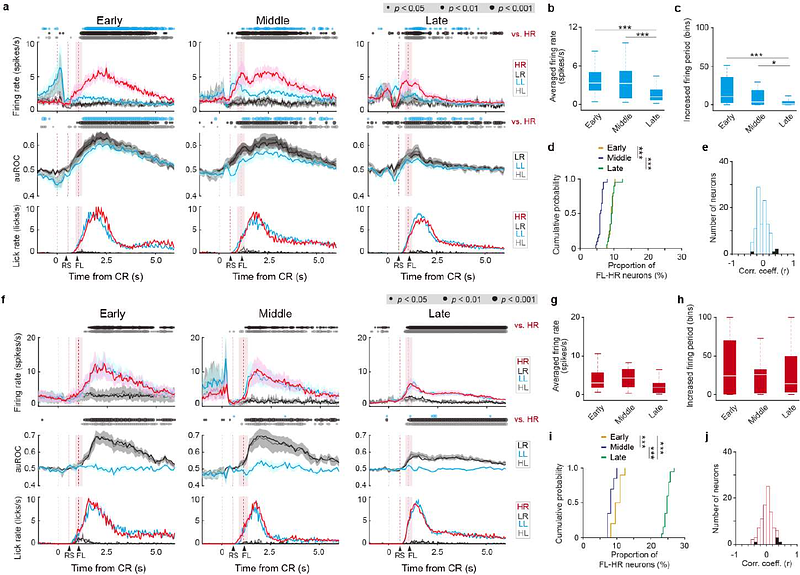Acquisition of Auditory Discrimination Mediated by Different Processes through Two Distinct Circuits Linked to the Lateral Striatum

Acquisition of Auditory Discrimination Mediated by Different Processes through Two Distinct Circuits Linked to the Lateral Striatum
Setogawa, S.; Okauchi, T.; Hu, D.; Wada, Y.; Hikishima, K.; Onoe, H.; Nishizawa, K.; Sakayori, N.; Miyawaki, H.; Kitanishi, T.; Mizuseki, K.; Cui, Y.; Kobayashi, K.
AbstractThe striatum, the central hub of cortico-basal ganglia loops, contains functionally heterogeneous subregions distinguished by the topographic patterns of structural connectivity. These subregions mediate various processes of procedural learning. However, it remains unclear when and how striatal subregions engage in a new learning of sensory stimulus-based decision-making. Here, we show that the anterior dorsolateral striatum (aDLS) and posterior ventrolateral striatum (pVLS) are activated in a different temporal pattern during the acquisition phase of auditory discrimination learning. The aDLS promotes the behavioral strategy by the stimulus-response association while suppressing those driven by the response-outcome association, and the pVLS is involved in forming and maintaining the stimulus-response strategy. These two subregions exhibit distinct event-related neuronal responses during the learning processes. Our findings demonstrate that aDLS and pVLS neurons integrate the new learning of auditory discrimination in spatiotemporally and functionally different manners.